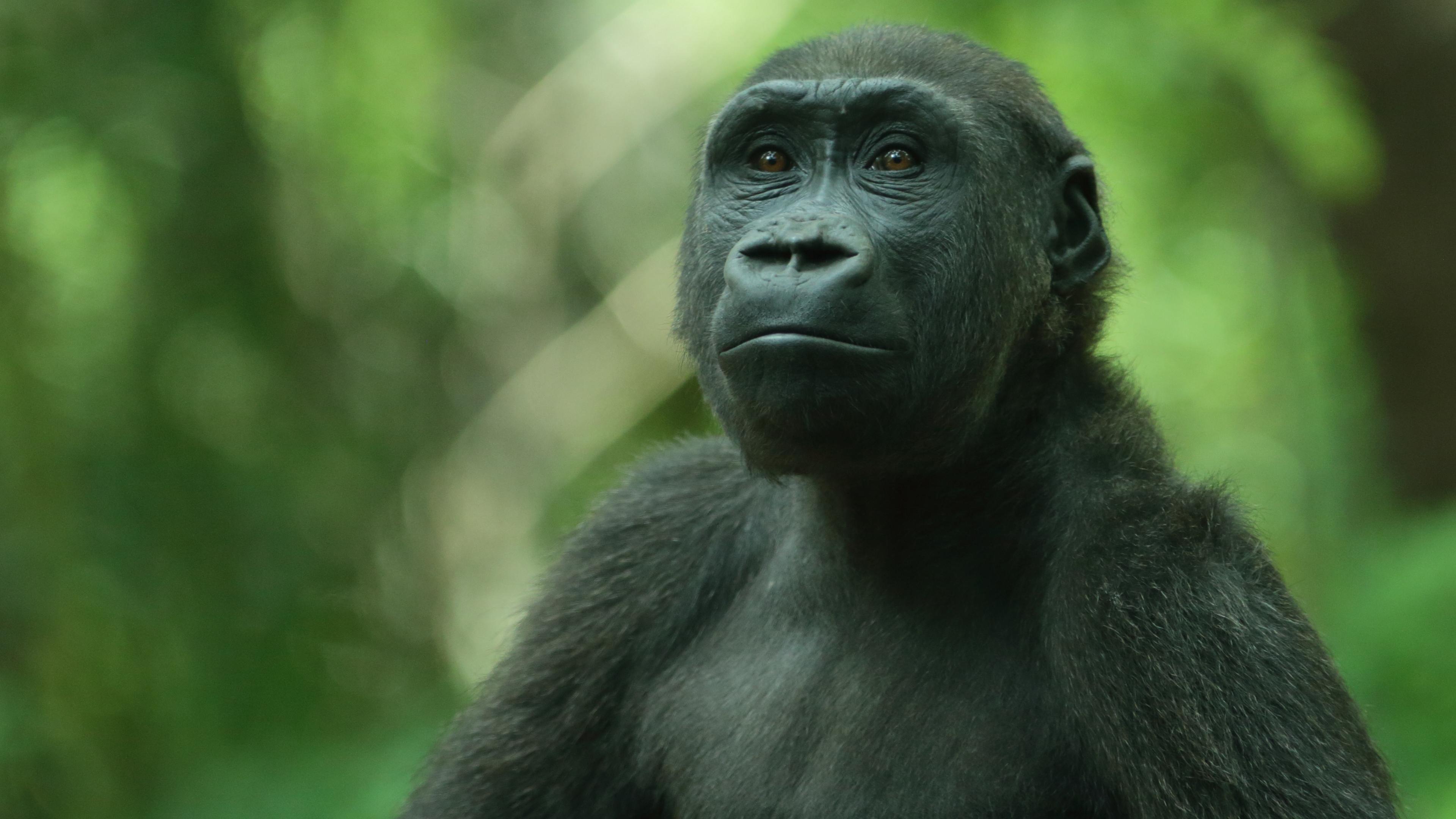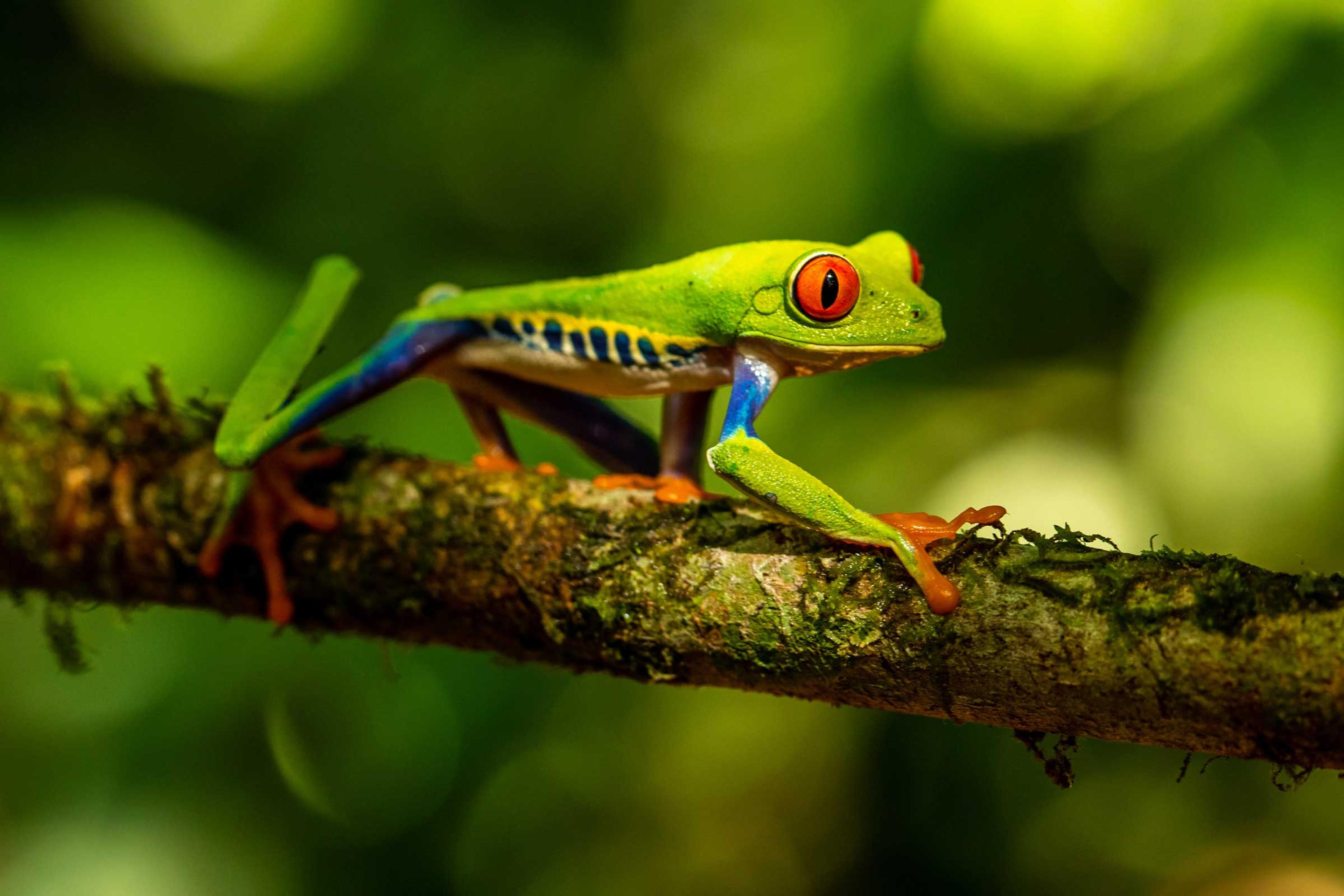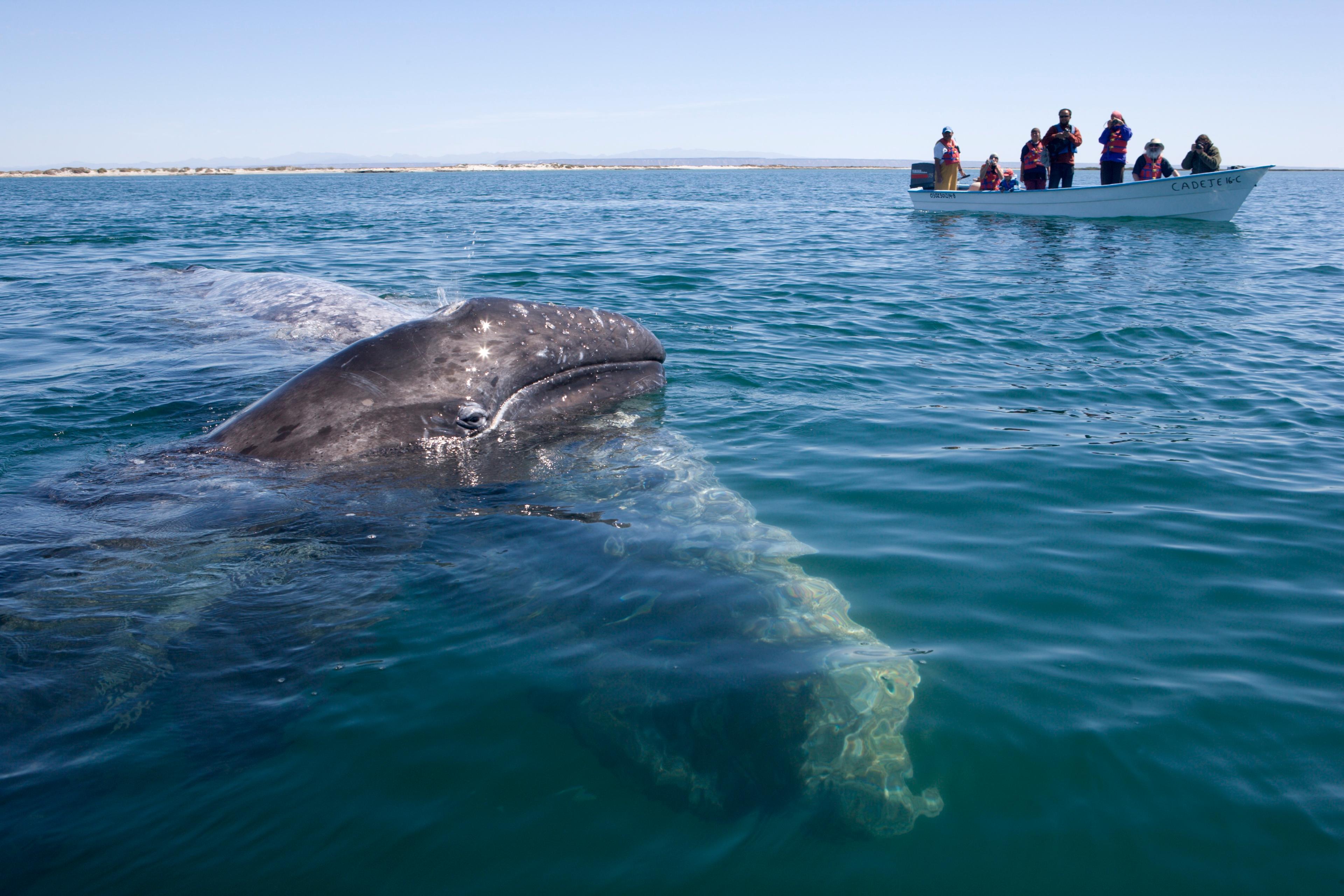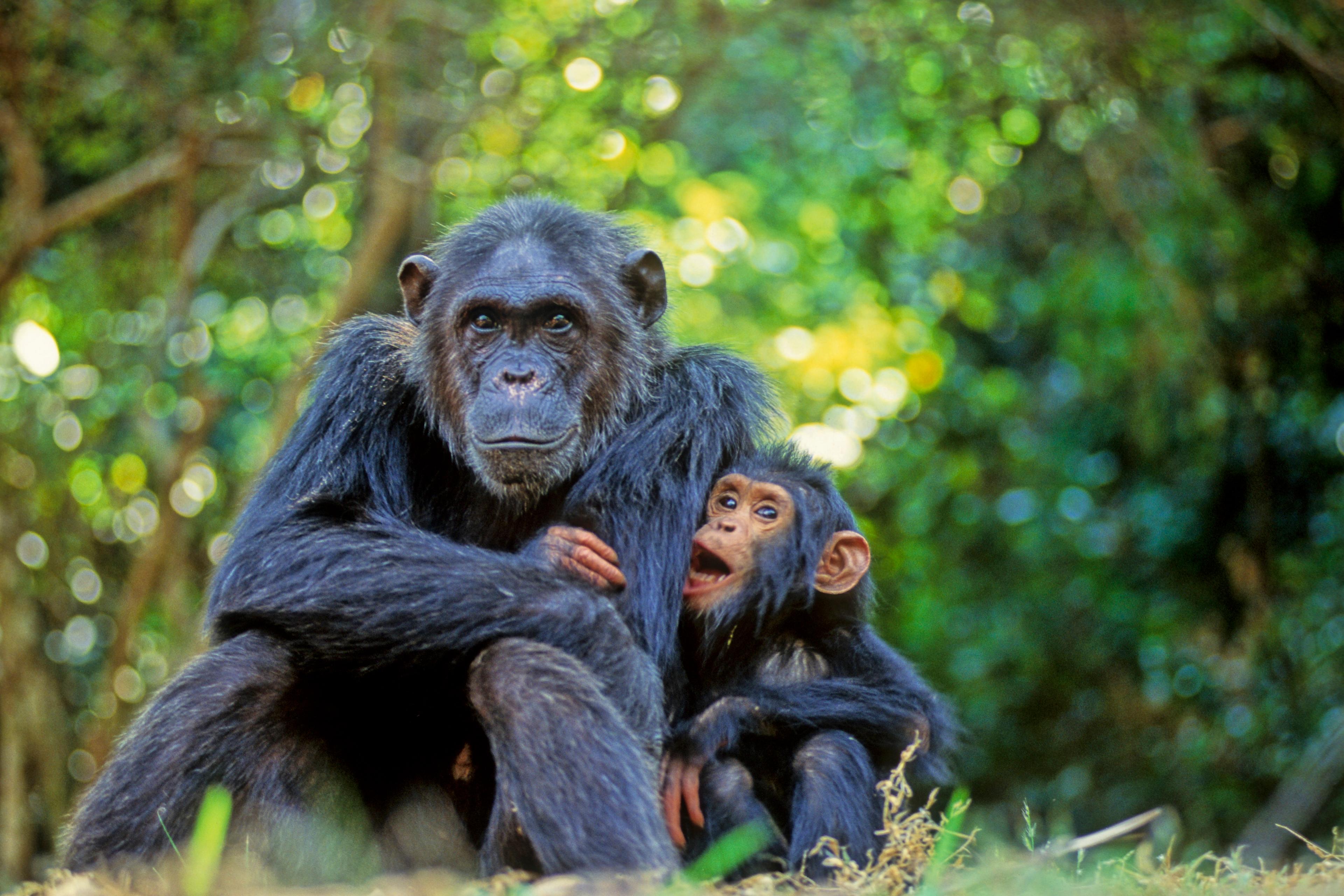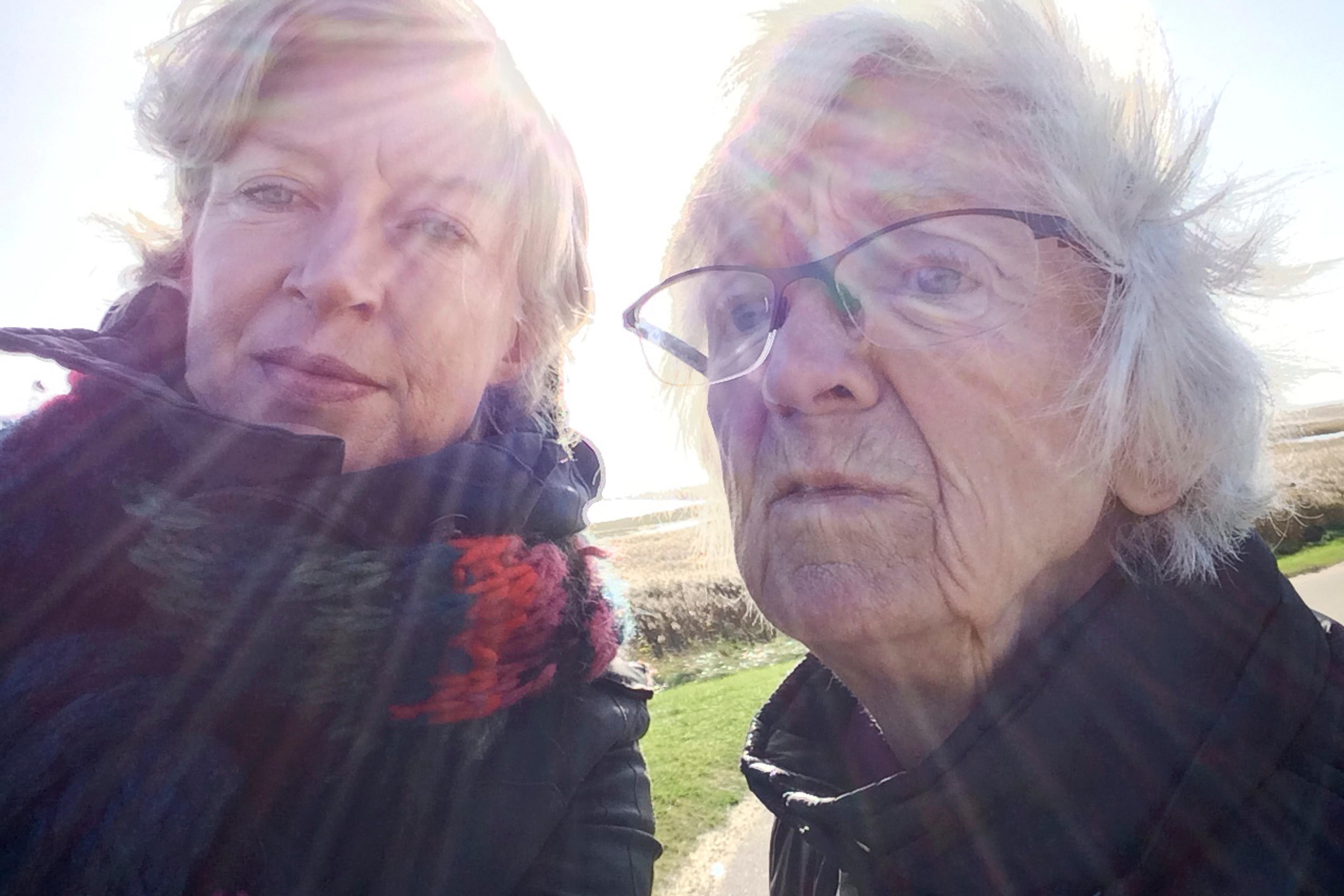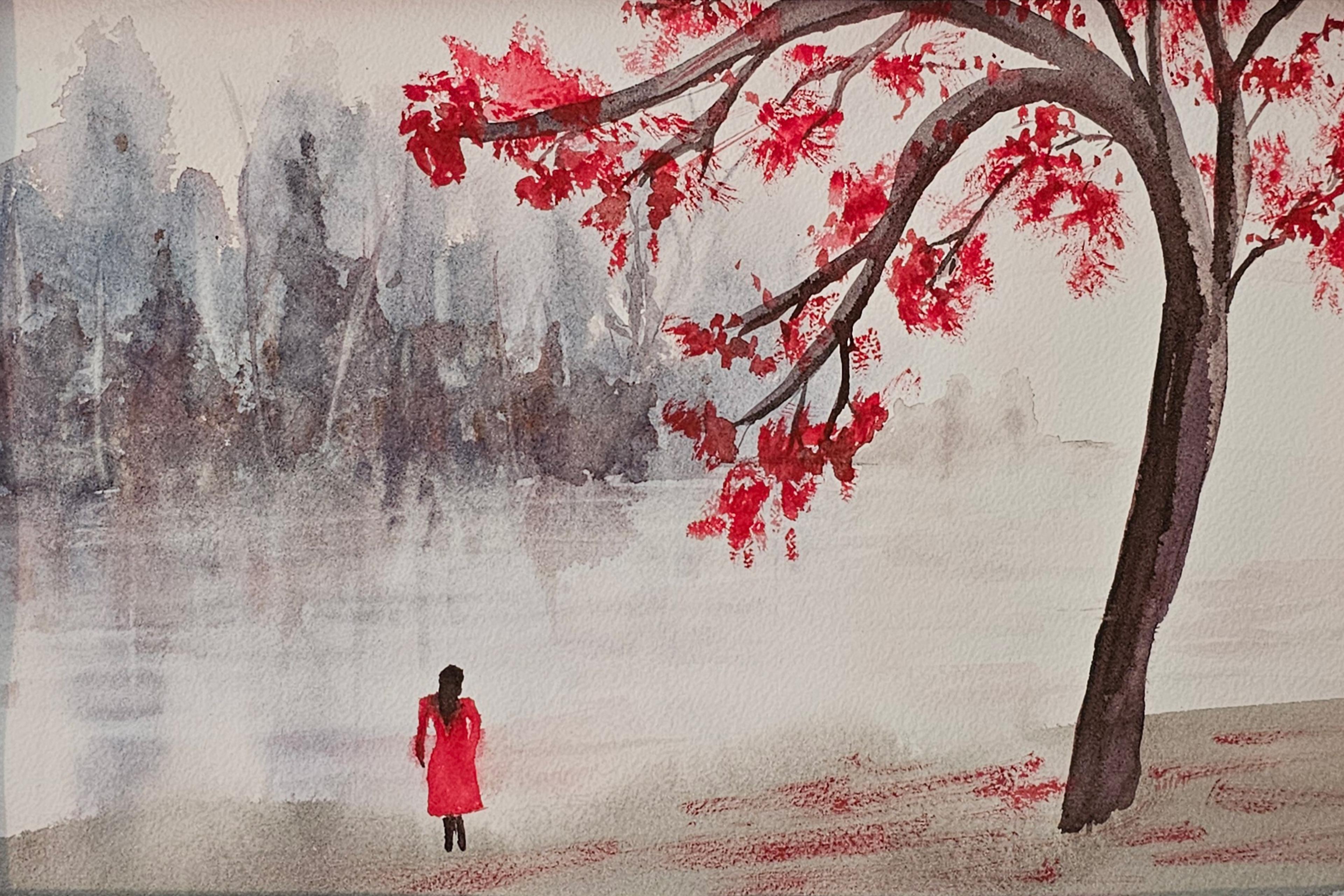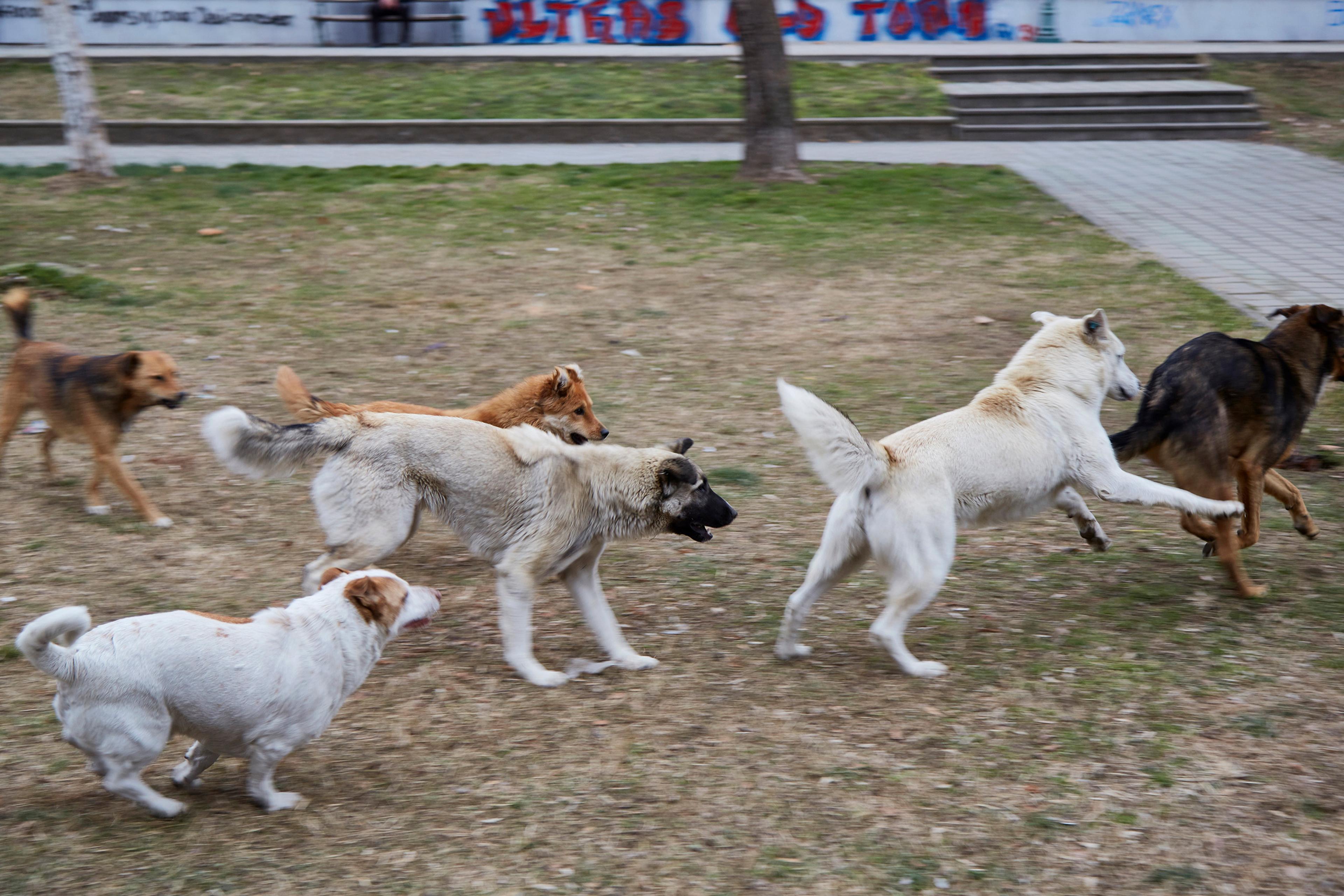I could not stop thinking about her – the female gorilla that changed my life. It happened more than two decades ago. In the summer between my second and third year as an undergraduate primatology student at the University of Calgary in Canada, I landed a job at the Calgary Zoo. During work hours, I helped raise funds for an exhibit showcasing an African rainforest and savannah. During lunch, I wandered the zoo. One day I’d sit with the Rocky Mountain goats, mesmerised by their pristine white coats, designed to keep them warm; the next I’d commune with the hot-pink flamingos, laughing as the gangly necked birds bullied each other for the best standing spot in their enclosure.
Everything changed one rainy afternoon when I went to visit the western lowland gorillas in their indoors exhibit. A lone gorilla sat in the front corner of the enclosure, her face nearly touching the glass that separated her from the human observers. Her size gave away her age. Gorillas can grow to six feet tall and weigh 500 pounds, but she was nowhere close. She was small, which meant she was young. She had jet-black hair, a flat, heart-shaped nose too large for her face, and a heavy brow. But what struck me most were her golden-brown eyes, sparkling with personality.
I stopped a few feet away from where the gorilla sat perched. I knew that it was wise to assume a submissive pose by making myself small and non-threatening. I crouched down. I reminded myself not to look the gorilla directly in the eye so as not to appear aggressive. Carefully, I lifted my gaze.
Before I could react, the young gorilla looked directly at me. She hoisted herself from her seated position to all fours, her fingers curled at the knuckle as she sidled to meet me at the half-way point of the enclosure. I couldn’t help myself. Before I knew it, our eyes locked and I held my breath. I didn’t dare exhale, in fear that this moment would end.
I had never felt such a deep and immediate connection with another species before. Sure, I had grown up with dogs, whom I adored. And, yes, I had seen gorillas in zoos before. But this was… different. I felt a flutter in my stomach.
After just a few precious moments alone, I was joined by an older woman with large glasses – one of the zoo’s many volunteers. ‘I see you have met Zuri,’ the woman said. Rejected by her mother, and diagnosed with paediatric epilepsy, Zuri had been raised by human hand. The zookeepers weren’t yet putting her in with any of the other gorillas because she didn’t quite understand the social structure of a gorilla group. In the wild, gorillas live in groups of five to 10 individuals, including one dominant silverback male and several females and their offspring.
The zoo needed to be cautious about how they introduced Zuri to the group of bonded gorillas. The others in the group could show aggression toward a new member encroaching on their territory, and, up until now, Zuri knew only primates of the human variety. Besides, she’d already had a tough go of things: two other zoos had attempted to integrate her into their gorilla troops but failed. Now, Zuri was four and a half years old, and integration would be an uphill battle.
No other gorilla I’d seen in zoos before had shown this kind of interest in humans on the other side of the glass
I looked at the young gorilla, perched on the ledge near the glass, watching me with curiosity. I could see myself reflected in her eyes.
The likeness scared me a little, even though I understood the science behind it: it was in our genes. Among all the primates, we humans are most closely related to the great apes – chimpanzees, orangutans and gorillas, like Zuri. We evolved from a common ancestor roughly 6 million years ago.
But even still, Zuri’s interest in humans was unique – no other gorilla I had seen in zoos before had shown this kind of interest in humans on the other side of the glass. When I looked into Zuri’s eyes, there was recognition behind her gaze. She was communicating with me.
I needed to know more. I deepened my studies in primatology. That was when I learned a devastating reality: back in the early 2000s, there were only about 350 individual mountain gorillas left in the wild. That was the same as the number of students in some of my classes.
Western lowland gorillas, like Zuri, are especially threatened by illegal hunting for bushmeat. Besides meat for consumption, wild gorilla hands, feet and heads are also sold on black markets to buyers who believe that gorilla parts provide protection from evil spirits and act as a gateway to their ancestors. Of the 500 primate species, 64 per cent are categorised as threatened or endangered, 16 per cent are critically endangered, and a whopping 75 per cent are decreasing globally due to human activities like agriculture, logging, livestock farming and hunting. Scientists warn of a looming extinction event if we do not act now.
I thought of Zuri, and tears came to my eyes. If our primate relatives go extinct, how do we understand our place in the world? And, more than that, shouldn’t we humans help protect our primate cousins?
Rather than dwelling on those elusive answers, I focused on action. I enrolled in a primatology field school in Belize, where I had the chance to study the Yucatán black howler monkey – the loudest land animal on Earth. There were 18 students in the programme – 17 women and one man. Against the odds, I fell in love with that one man, Travis.
Travis and I navigated the ups and downs of field science, kayaking rivers and hiking gruelling trails in search of monkeys
Travis and I shared a passion for primate conservation, and we both enrolled in master’s degrees, which brought us back to Belize for the howlers. My project explored the impact of a Category 4 hurricane on the monkeys. We lived in a cabin at a field site aptly named Monkey River, and woke early each day to the howlers’ otherworldly roars. I learned how resilient our primate relatives can be. The howlers somehow survived even when the hurricane had stripped every leaf off the trees. The local people told us how they left bananas out, so the monkeys didn’t starve.
I also learned to be resilient. Together, Travis and I navigated the ups and downs of field science, kayaking rivers and hiking gruelling trails in search of monkeys. Our cabin bathroom was separated only by a shower curtain, requiring us to politely request that the other person step outside when… well… you know. We got real close. Real quick. A few years later, Travis proposed while I visited him during his fieldwork in Belize, and we got married in Thailand.
Then, came my PhD. I headed to Madagascar, where I studied a critically endangered species of lemur, the Coquerel’s sifaka. I lived in a tent for more than a year and followed this snowy-white primate through the dry forests to learn about their behaviour and conservation. Travis worked as my field assistant in the gap year between his master’s and his PhD (which would also bring him to Madagascar to study lemurs). Together, we witnessed the threats to lemur survival, with habitat loss at the hands of humans being the biggest driver of lemur population decline. Yet we also witnessed how people in the nearby communities were struggling to feed their families. The conservation challenge was rooted in a complex interconnection between humans and lemurs. Today, I sit on the board of a charity that Travis founded, Planet Madagascar, which aims to create sustainable forest communities by working directly with the island’s people to conserve the endangered lemurs.
My mother, an artist, was one of Planet Madagascar’s biggest supporters. She shared our social media posts. She volunteered at events. She even donated the proceeds from the sales of her paintings to the charity.
In 2023, she was diagnosed with cancer. She fought hard through treatments, and Travis and I did our best to support her. By summer, she was in near-complete remission.
By 2024, I had experienced a lot. But I still thought about Zuri and that day we met. What was behind that look we shared so long ago? I turned to the internet for answers. A Google search told me that Zuri had found her place within Calgary Zoo’s gorilla troop. My heart beat quickly as I learned that she had not only successfully integrated but was now the oldest member of the group, about to turn 28.
I didn’t stop there. I contacted Carrie Coleman, the supervisor of the African Rainforest Building at the Calgary Zoo. Carrie had been a young keeper when Zuri arrived in 2001, and she had a front-row seat as Zuri’s life unfolded. We met up at the zoo’s Gorilla Amphitheatre. We found a shady seat and, suddenly, there she was.
Zuri.
She was older now and more guarded but still recognisably herself.
Carrie told me Zuri’s life story. She’d had to ‘learn on the fly’ how to become a gorilla. It took about a year for her to integrate at Calgary. Eventually, as Zuri got a little older, the silverback male took a liking to her and supported her, breaking up skirmishes with the other females in the troop.
Flood waters filled up the giraffe enclosure and the hippos nearly escaped through a broken window
Zuri had become a mother in 2002, but her first baby did not survive the year. Then, in 2006, three male gorillas in her troop were transferred to a different zoo. Tragically, in August 2007, all three of the other adult females in her group died, leaving Zuri with just two other gorillas in her troop. In 2008, she gave birth to another infant, a female, who survived.
In 2013, heavy rainfall combined with the melting snowpack of the Rocky Mountains to cause devastating flooding in southern Alberta. At the zoo, waters filled up the giraffe enclosure and the hippos nearly escaped through a broken window. Although they didn’t need to move the gorillas, who’d climbed out of harm’s way to the top of their enclosure, there was no airflow or working hydraulics, and zookeepers had difficulty even getting to the building.
Zuri made it through the flood but in 2016 contracted a terrible bacterial infection. She underwent emergency surgery and was in critical condition, separated from her troop. Carrie would ‘call it a good day’ if Zuri would take one sip of water.
A month later, Carrie and the other technicians celebrated as Zuri recovered and reintegrated into the troop following her illness. Then, as Carrie was driving home, she got a call: the silverback gorilla who had backed Zuri all those years ago had died from a heart problem.
Eventually, the Calgary Zoo would rebuild the gorilla troop, bringing in a new silverback. Zuri’s first grandbaby was born in May 2023.
After I said goodbye to Carrie, I wandered past the flamingos to the zoo’s cafeteria for an ice-cream and to call my mother. She was in good spirits but feeling under the weather. Her doctor had ordered some tests.
A few days later, I was back home, and Mom had been admitted to the hospital. While she slept, I sat at her bedside and transcribed my interview with Carrie.
I didn’t know that would be my last day with my mother.
As I sat listening to my interview recording, Mom sleeping peacefully beside me, I felt that familiar flutter in my stomach. Only this time, I understood what it meant. Zuri’s life had been filled with ups and downs. She had suffered illness and loss. She had developed friendships and felt love.
Just like me.
